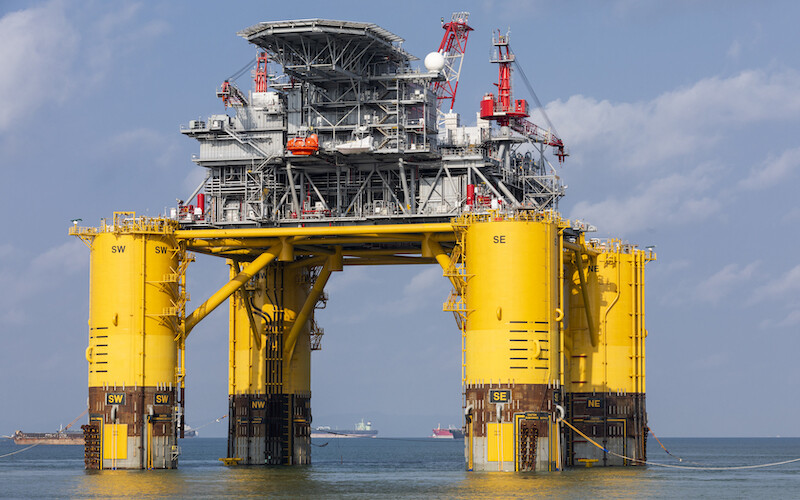The 43rd International WorkBoat Show opens later this month (Nov. 29-Dec. 1) in New Orleans and spirits in the offshore support industry couldn’t be higher.
Offshore energy companies have been releasing their latest earnings results. They remain optimistic about a continuation of high activity levels and tight drilling rig and offshore service vessel markets that should sustain the recent recovery in day rates. The industry’s good fortunes have extended to company owners and shareholders who hold higher-valued shares and receive rising dividend payments. What’s not to like about this outlook?
A recent article in Offshore Magazine by Hans Jacob Bassoe of Esgian Rig Services caught my eye. It discussed how the drilling market upturn had drained the inventory of previously “stranded” newbuild offshore drilling rigs in shipyards. We have a long-time familiarity with the Bassoe family, which has been intimately involved in ship and rig brokering for decades. Their involvement extended not just to helping buyers and sellers come together, but also in financing start-up ship and offshore rig companies and now maritime market data.
Bassoe’s article contained a chart showing the stranded newbuild value increase for premium jackup rigs and seventh generation drillships. The respective values were from 2020 and 2023. They showed increases of two-to-three times the stranded values. Shipyards will be well rewarded for having held on to those assets, rather than sending them to the breakup yards which was common in past downcycles. Hopefully, the big profits will make up for the years of losses and lack of business.
That history of offshore energy downcycles flashed into our mind. We remember when 1,000 oilmen gathered in conference rooms at the New Orleans Superdome on May 25, 1983, for the first-ever, area-wide offshore oil and gas lease sale in the Gulf of Mexico. In contrast with prior lease sales that required pre-nomination of tracts and usually consisted of only 75-to-175 leases, the federal government offered 656 tracts for sale covering nearly 40 million acres. Seventy-eight companies offered 1,015 bids on those tracks, paying $3.47 billion in high-bids, 50% greater than the prior record lease sale in 1980 as crude oil prices were soaring.
The lease sale kicked off a drilling boom in the Gulf, but it was short-lived. Within 36 months a price war broke out within OPEC that crashed oil prices to below $10 bbl. from $27. The oil price peak was in 1980 at $35 bbl. (all prices in 1980 dollars) Five years later, drilling rig operators and OSV companies were scrambling for parking spots for their fleets along the Gulf Coast as the oil business collapsed.
Just like in the 2015 oil market crash, infamous for BP CEO Bob Dudley’s projection about future oil prices that they would remain “lower for longer,” offshore companies went bust. Large debt loads needed to finance their expensive fleets to handle the prior boom suddenly became anchors that bankrupted companies.
Busts have always followed oil industry booms. Booms also follow busts, as the absence of capital investment in the capital-intensive oil and gas business creates physical shortages. These shortages cause oil and gas prices to recover and drilling and OSV companies to come back to life.
Offshore industry executives must mind the pressure to swing for the fences in adding capacity that requires borrowing large sums. Debt is what always undoes industry booms, and corporate memories are short. Our advice to CEOs: Keep a couple of “old guys” around who remember the past busts because there are few history books written about the subject.





